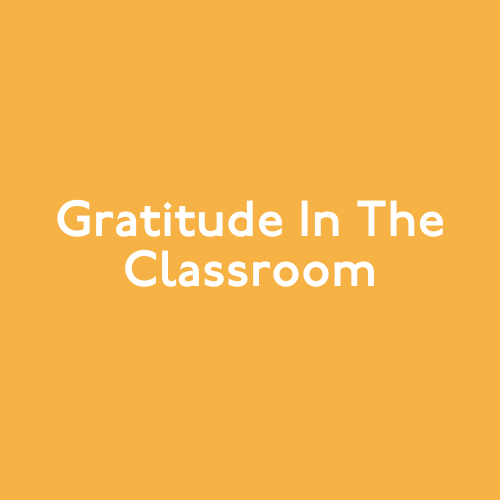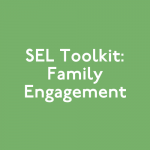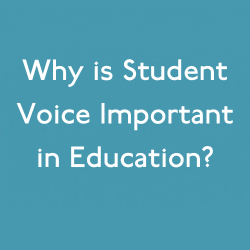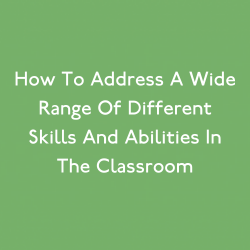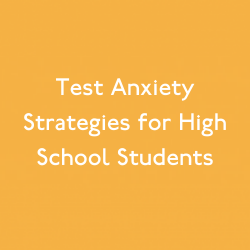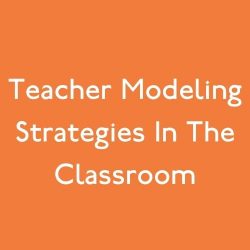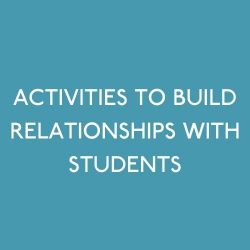We know that expressing gratitude has many positive benefits. Establishing a regular gratitude practice improves our mental and physical health, strengthens our relationships and builds resiliency. Can expressing gratitude be beneficial for our students as well? A study completed by Jeffrey Froh demonstrated that students who identify and express gratitude felt more connected to their friends, family, schools and communities. Students were also more optimistic, felt better about both life and school, and experienced fewer negative feelings. Another study, completed by Froh and Giacomo Bono, showed that children are able to develop a gratitude-focused mentality over time. In doing so, their attitudes, mood and overall happiness improve.
Many of the studies surrounding gratitude have focused on upper-middle class students. However, one study conducted by Mindy Ma explored gratitude in a group of African American adolescents who were living in low-income areas and attending low-performing schools. The results of this study showed that there was a correlation between the students who reported feelings of gratitude to those that experienced increased academic interest, improved academic performance and participated more in extra-curricular activities. They were also more likely to resist high-risk behaviors such as engaging in drug and/or alcohol use.
How to integrate gratitude into your classroom
Integrating gratitude into your classroom doesn’t have to look much different than how you practice it in your daily life. Your students may need some scaffolding and additional support depending on their age, but establishing gratitude as a daily practice at a young age will improve students’ classroom experience and set them up for a happier life. Try these 6 tips to make gratitude a part of your classroom routine.
Teach and model gratitude
First, students need to know what gratitude is. Clearly define the term and provide practical examples of what gratitude could look like for them. You can do this by modeling or pointing out examples in books, videos or even in students interactions throughout the day.
Create gratitude journals
Gratitude journals can be just as powerful for students as they are for adults. A 2011 study linked gratitude journalling to an increased level of engagement in the classroom. Gratitude journalling doesn’t need to take a lot of time, students can quickly write down one thing they’re grateful for, or even draw a picture if they are younger.
Provide opportunities to share and discuss
Allowing students to share what they’re thankful for not only provides valuable reflection time but it gives them the chance to hear experiences that are different from their own, which also helps them develop empathy. Download our “Thankful Thoughts” classroom gratitude activity as a way to encourage your students to share.
Encourage students to express gratitude to others
Expressing gratitude to others makes people feel good and it can inspire the other person to express gratitude as well. One good (and easy) way to practice this is by simply writing thank you cards to friends, parents, etc.
Challenge students to establish a growth mindset
Show students that even challenging situations and setbacks can be appreciated. This goes hand in hand with establishing a growth mindset. For example, maybe the library didn’t have the book they wanted to read but this gave them the opportunity to explore a different topic and learn something new.
Make it a classroom routine
By making gratitude a classroom routine you’ll make it easier on yourself to continue implementing the practice throughout the year. This will also prepare students to carry the practice along with them after they leave your classroom.
Sign up for Move This World’s newsletter to stay up to date on social emotional learning.
Enter your email below!
